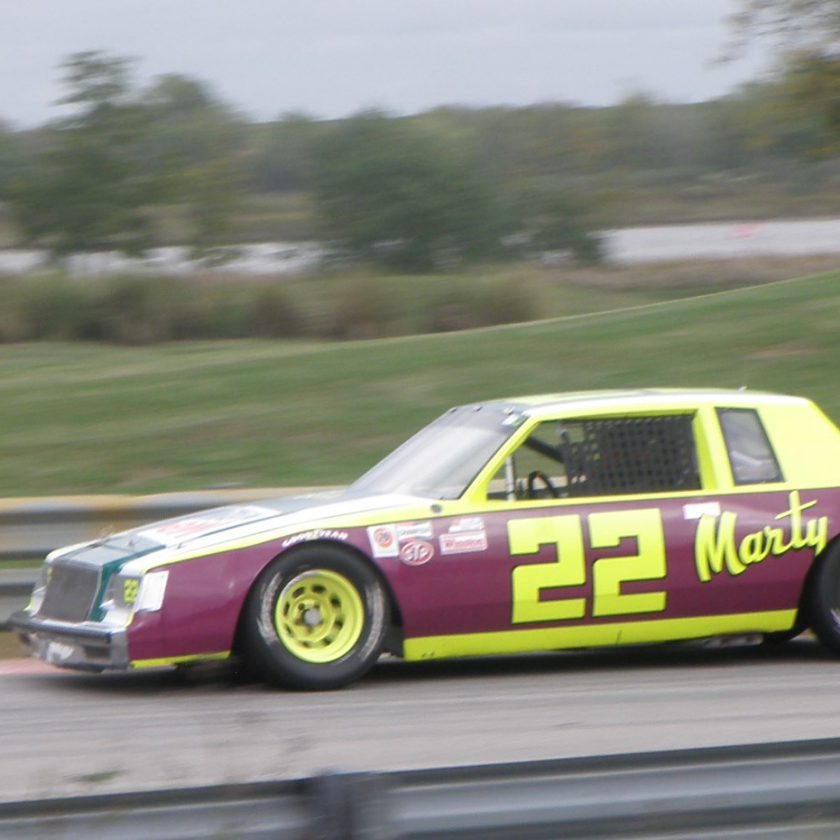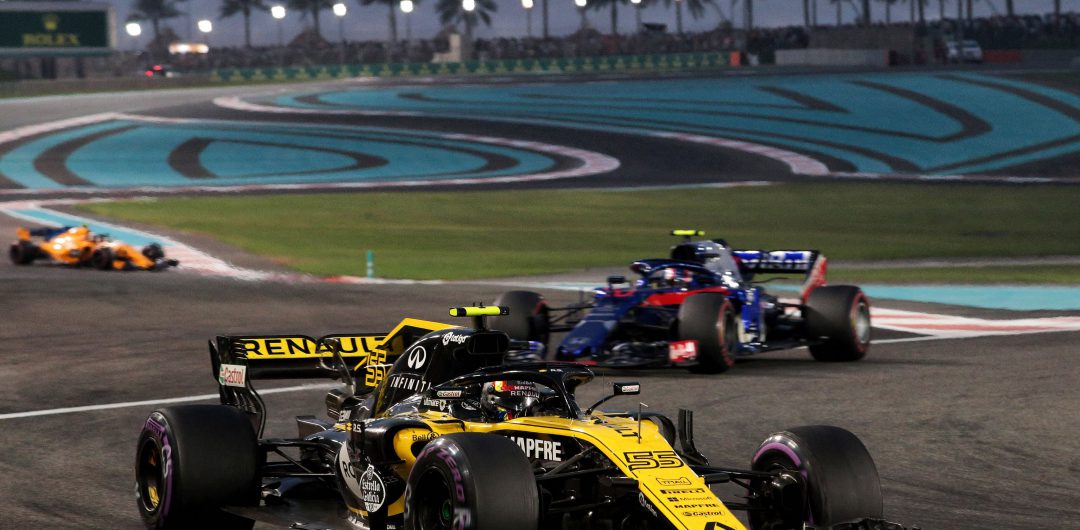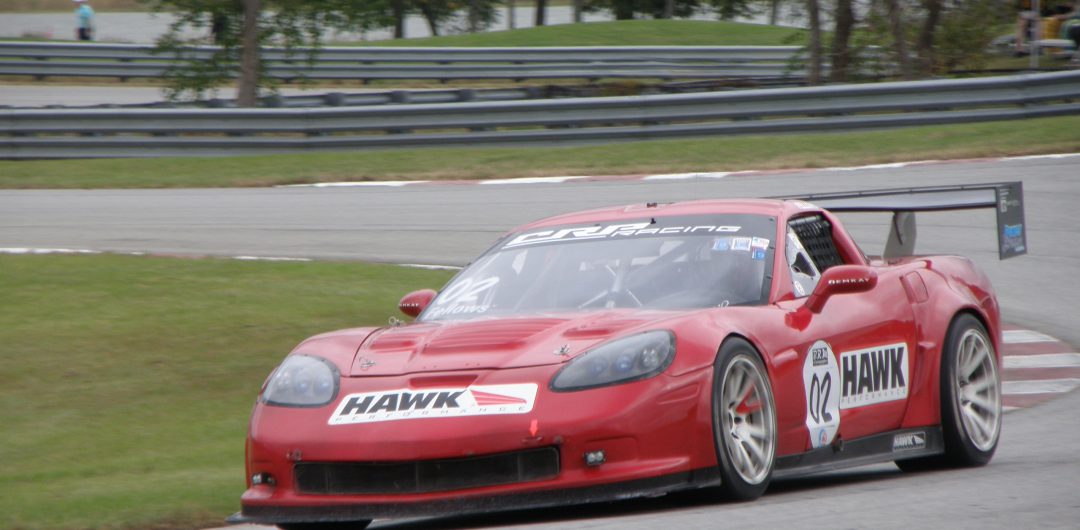The first time I heard of Le Mans was in the early 60’s, when ABC started a show called “The Wide World of Sports.” They showed some odd stuff, like barrel-jumping by ice skaters, log rolling, demolition derby, etc.
They also showed motor sports, and my first memory, the one that got me hooked at age 11, was Graham Hill guiding his BRM through the streets of Monaco in 1962. A month later they showed highlights of the Le Mans 24 Hours, won by Phil Hill and Olivier Gendebien in a Ferrari. The idea of a race lasting 24 hours seemed preposterous, but fun and exciting as well. With communication satellites coming online, and Ford factory participation beginning in 1964, ABC could now show the race live, which they did for the start and finish. The Fords were fast immediately, but had mechanical problems and all of them dropped out, assuring another Ferrari win.
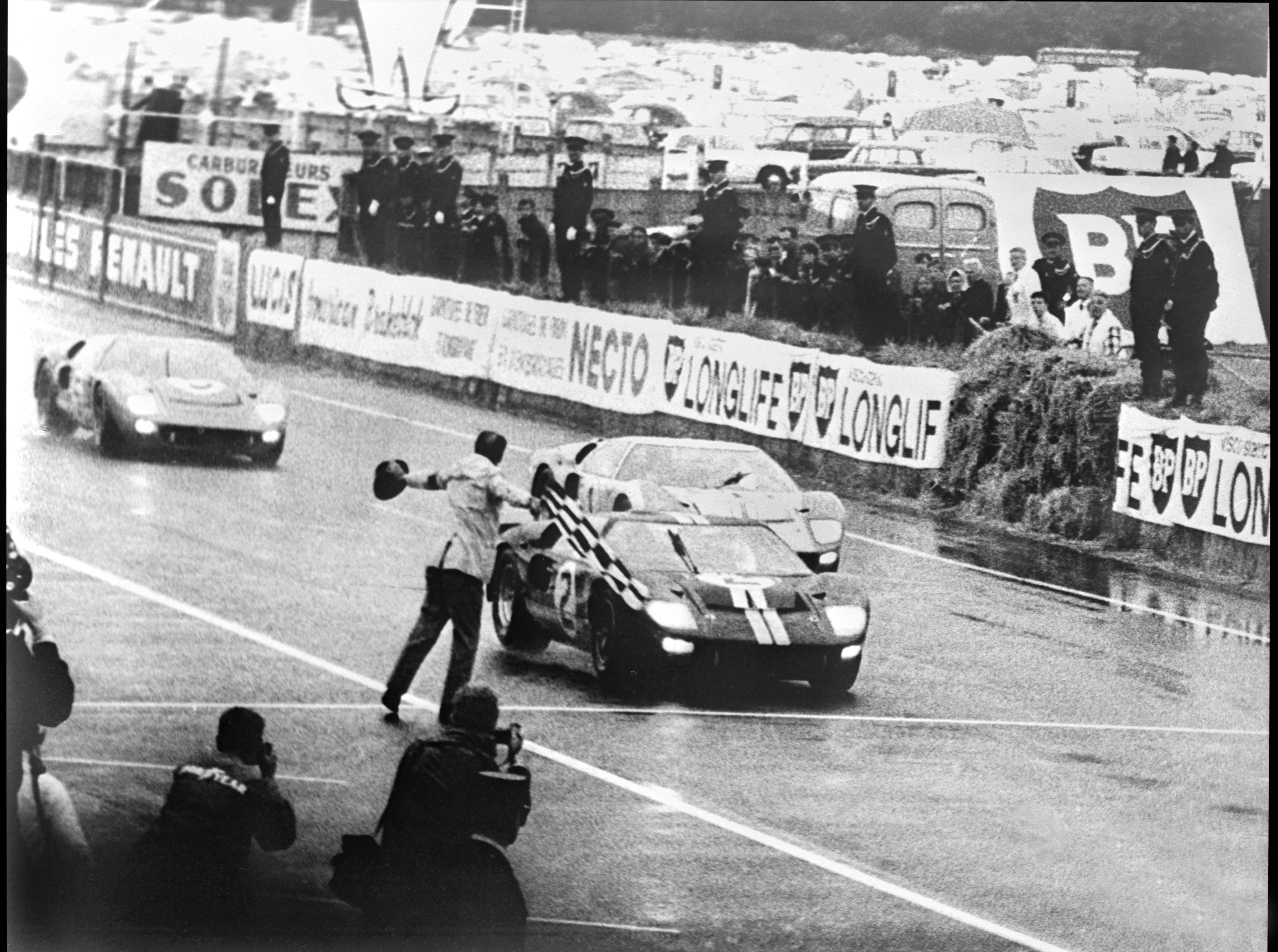
Photo: Ford Motor Company
The following year Ford came back with 5 cars and again none finished, as Ferrari swept the podium. This would prove to be Ferrari’s last overall win. There were great battles in the GT class in those years as well, with Cobras and Ferraris fighting for the manufacturers championship. Ford won the next four years, and the tv coverage in the US continued until the Fords were effectively banned. A long era of dominance by Porsche followed, with the 917, 935, 936, and the all-conquering 956 and 962 of the much-loved and treasured Group C era, which gave us some of the most beautiful, fastest, and most fuel-efficient cars ever to win the race. Group C enticed many manufacturers to participate besides Porsche, including Mercedes, Lancia, Jaguar, and Peugeot.
The track has changed much over the years. Formerly taking place entirely on public roads, now a significant portion is a permanent track, from the Porsche curves nearly to Tertre Rouge. Chicanes were added to the Mulsanne straight in the early 90’s, and now the only section that remains as it was when I first started watching the highlights, is the section from Mulsanne corner to Arnage, but the road is much wider now.
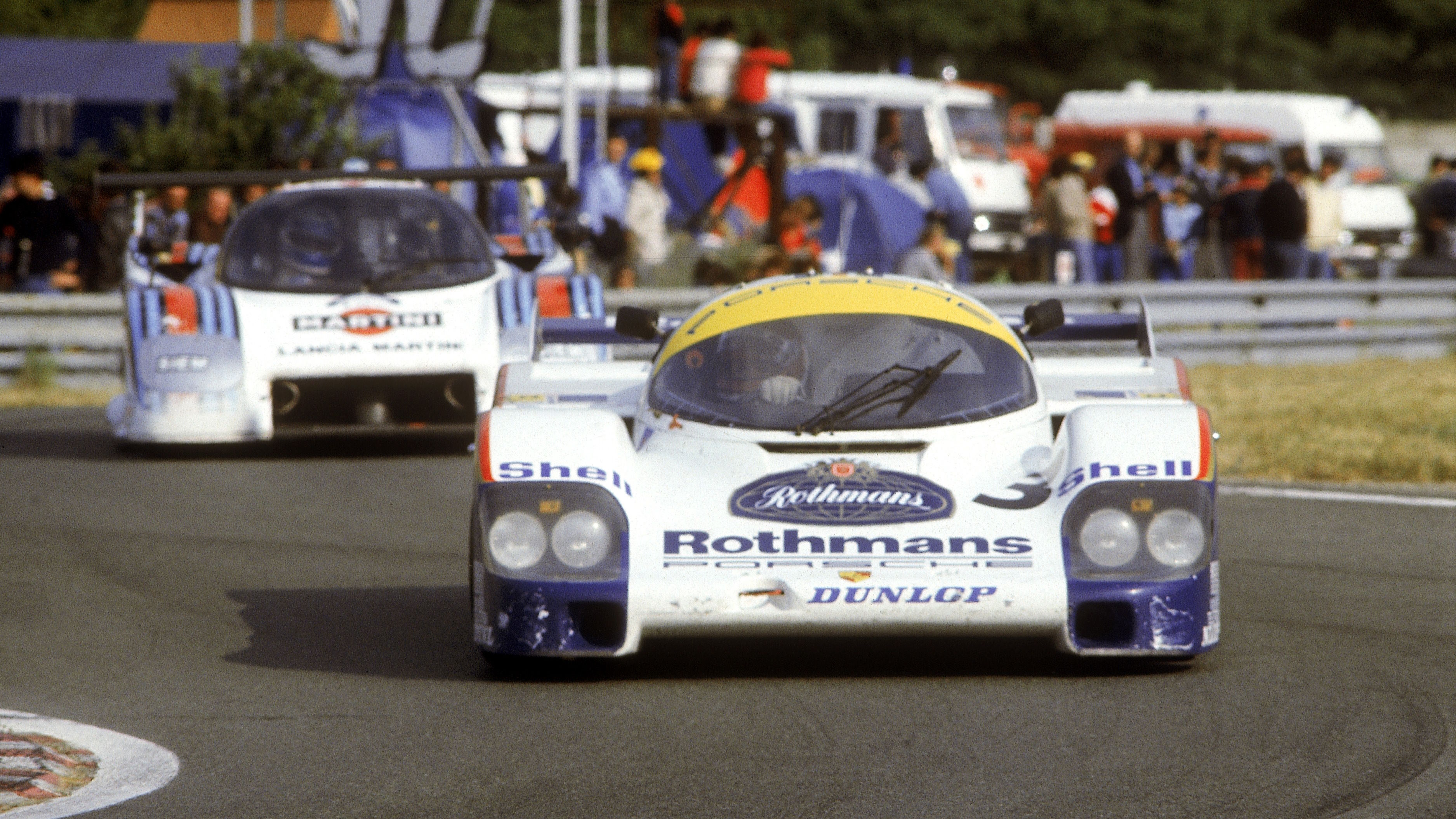
Photo: Porsche Motorsporot
Now we have the Hypercar era, and many manufacturers are bringing their best to the Centenary Le Mans 24 Hours. Cadillac, Ferrari, Glickenhaus, Peugeot, Porsche, Toyota, and Vanwall bringing a total of 16 Hypercars to compete for the overall win. Toyota won Sebring as the newer cars all had issues, so they must be favored to continue their winning streak, but with their being so many cars in other classes, and the inevitable issues with slower traffic, even a fast, reliable car can have problems.
The Hypercars can also have problems with their electric hybrid systems, forcing the tracks to have special places where drivers can put the car out of harm’s way, due to the chance of a massive electric shock. At Sebring they called this “Area 51” and at least one driver had to avail himself of it, having to leap from the car so as not to be in contact with it when he touched the ground.
The advances in technology have been massive in the 60+ years I’ve been following the race, and will continue unabated until long after I’m gone. There will also be fierce competition in the other classes,P2, and LM GTE AM, and for the future GT3 rules, starting in 2024.
Le Mans started as a way for early manufacturers to prove their cars were worth buying, that they could reliably be driven quickly for 24 hours nonstop. It has grown into one of the two or three most famous races in the world. There have been many glories and tragedies there, and any driver who has won overall or won their class has accomplished something very special indeed. As they always said on Wide World of Sports, “Bringing you the thrill of victory and the agony of defeat.”
Let’s hope for a memorable, exciting, and safe race this year.

